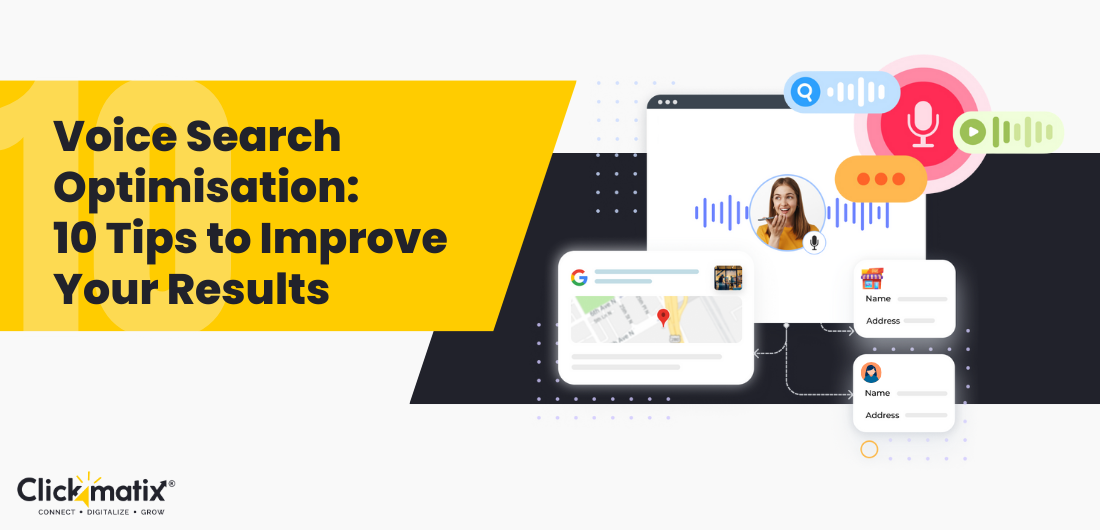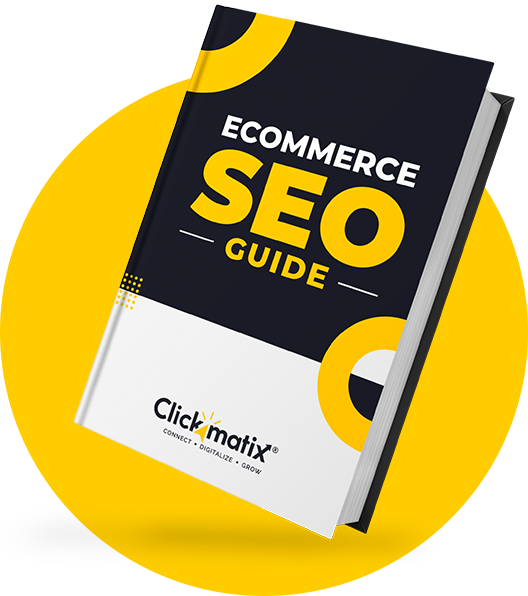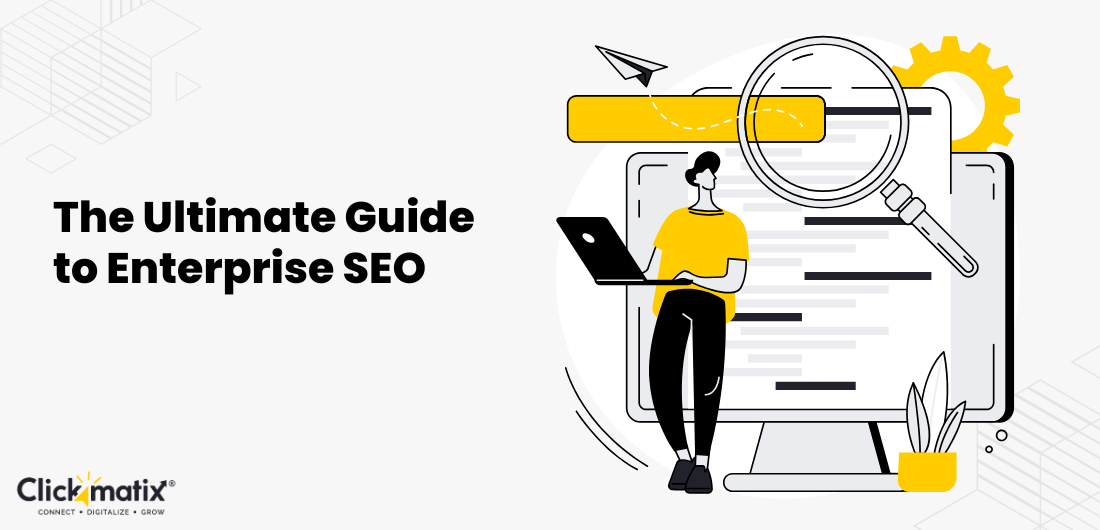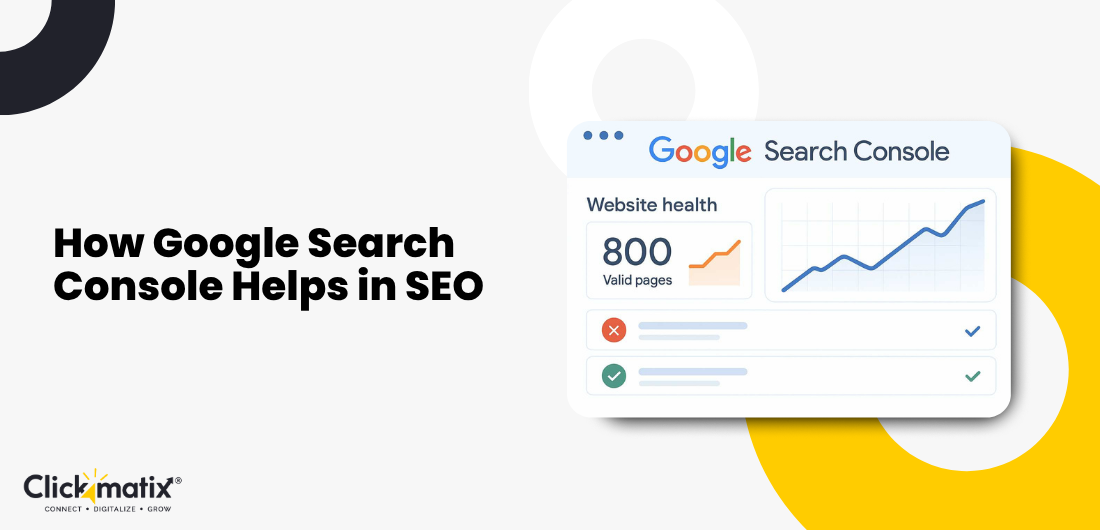
Voice search is rapidly becoming one of the most important factors in digital marketing, changing the way people search for information online. From smartphones to smart speakers like Amazon’s Alexa and Google Home, voice search is becoming a common part of daily life. If businesses want to stay competitive, they need to optimise for this growing trend.
Data shows that voice search is not slowing down anytime soon. According to a study by SEMrush, over 55% of households are expected to own a smart speaker by 2024. HubSpot further reports that 60% of people who own voice-activated devices have used them to search for local businesses. These numbers demonstrate why businesses can’t afford to ignore voice search optimisation if they want to stay ahead of the competition.
This guide will walk you through voice search optimisation and provide 10 actionable tips to improve your results and help your business thrive in a voice-first world.
What is Voice Search Optimisation?
Before learning the tips, it’s important to understand voice search optimisation and how it differs from traditional SEO. At its core, voice search optimisation involves adjusting your website’s content and technical setup to cater to searches done via voice assistants like Siri, Alexa, or Google Assistant.
The primary difference between voice search SEO tips and traditional SEO lies in how people conduct searches. When typing, people tend to use short keywords like “best coffee shop in Melbourne,” but with voice search, queries are longer and more conversational, such as “Where can I find the best coffee shop in Melbourne?”
This shift is due to how Natural Language Processing (NLP) works. NLP is the technology voice assistants use to understand and process spoken queries. It breaks down human speech into data that search engines can understand, making it crucial for businesses to optimise their content for longer, more conversational queries.
Why Voice Search is Essential for SEO
The rise of voice search is changing the SEO landscape, and it’s essential for several reasons:
- Voice search is growing rapidly: As noted earlier, 55% of households are expected to own a smart speaker by 2024 (SEMrush), and 50% of all searches are already conducted via voice (ComScore).
- Local searches are booming: A large number of voice searches are local, with people asking questions like “restaurants near me” or “plumbers in Melbourne.” Google reports that “near me” searches have increased by over 150% in recent years.
- Mobile-first indexing: Since voice searches are often performed on mobile devices, Google’s focus on mobile-first indexing means optimising for voice also helps improve mobile rankings.
10 Tips to Improvise Your Voice Search Optimisation
Tip 1: Focus on Conversational Keywords
When people use voice search, they tend to speak in complete sentences, asking questions just like they would if they were talking to a person. Traditional SEO typically revolves around short-tail keywords, such as “best dentist CBD.” However, voice search SEO tips focus on longer, conversational phrases.
Instead of targeting “dentist CBD,” for example, try optimising for a more natural query like, “Where can I find the best dentist in Melbourne Central Business District?”
How to optimise for voice search:
- Use tools like Google Keyword Planner or SEMrush to find conversational keywords.
- Transform short-tail keywords into long-tail, question-based phrases.
- Think about how you would ask a voice assistant for information about your business.
Example:
- Traditional keyword: “best coffee shop Melbourne”
- Conversational keyword: “Where is the best coffee shop in Melbourne?”
Tip 2: Optimise for Local SEO
Many voice searches are local queries, meaning people are looking for businesses or services near them. Local voice search optimisation is crucial for businesses that rely on local customers, like restaurants, salons, or plumbers.
HubSpot states that nearly 46% of voice search users search for local businesses daily. To improve your local SEO, ensure that your Google Business Profile (GBP) is fully optimised, as this is a key resource for local searches.
How to optimise for local voice search:
- Make sure your NAP (Name, Address, Phone number) is consistent across all directories.
- Use location-based keywords throughout your website.
- Encourage positive reviews on platforms like Google, Yelp, and TripAdvisor.
Tip 3: Create Content Answering Questions
Voice search is often used to ask questions, so it’s essential to create content that provides clear and concise answers to those questions. According to SEMrush, 20% of voice search queries are triggered by questions like “Who,” “What,” “Where,” “When,” “Why,” or “How.”
How to optimise your content:
- Create blog posts or FAQ pages answering common questions in your industry.
- Use schema markup to help search engines better understand your content and increase the chances of appearing in featured snippets.
Example:
Create a blog post answering the question, “What is the best way to remove a stain from carpet?” This increases the likelihood of your content being pulled as a result of voice search queries.
Tip 4: Improve Site Speed and Mobile Optimisation
People using voice search expect fast results. If your website takes too long to load, users will bounce, and your rankings will suffer. According to Google, 53% of users abandon a site if it takes longer than 3 seconds to load. Since most voice searches are performed on mobile devices, your site also needs to be fully optimised for mobile.
How to improve site speed and mobile optimisation:
- Use Google’s PageSpeed Insights to test your site’s speed and identify areas for improvement.
- Ensure your website is responsive and mobile-friendly.
Tip 5: Structure Your Content for Featured Snippets
Featured snippets are concise answers that appear at the top of Google’s search results, often referred to as “position zero.” Voice assistants frequently pull information from these snippets to answer queries, so appearing in one can significantly boost your visibility.
Almost 40% of voice search answers are pulled from featured snippets. Structuring your content to make it easier to get featured is essential for improving voice search performance.

Get weekly insights for revenue-shifting results
Sign up for our newsletter and be the first one to know about our exclusive offers, digital marketing news and updates.
|
|
Thank you for Signing Up |


How to increase your chances of being featured:
- Structure your content using paragraphs, lists, or tables.
- Provide concise, direct answers to questions.
- Use schema markup to help search engines understand your content.
Tip 6: Use Schema Markup (Structured Data)
Schema markup helps search engines understand the content on your site, making it easier for them to pull relevant information for voice search results. Implementing schema markup for voice search increases your chances of being featured in snippets or other prominent positions.
How to implement schema markup:
- Use tools like Google’s Structured Data Markup Helper to add schema to your website.
- Add schema to content that answers frequently asked questions (FAQs), reviews, or local business information.
Common schema types for local businesses include “LocalBusiness,” “FAQPage,” and “Review.”
Tip 7: Improve Domain Authority and Trustworthiness
Google and other voice assistants prefer delivering results from websites with high authority and trustworthiness. Building a strong domain authority is critical for ranking well in both traditional and voice search results.
How to improve domain authority:
- Build high-quality backlinks from authoritative sites.
- Create valuable, well-researched content that demonstrates expertise.
- Focus on E-A-T (Expertise, Authority, Trustworthiness), which plays a significant role in Google’s ranking algorithms.
Tip 8: Optimise for Natural Language Processing (NLP)
Natural Language Processing (NLP) is the technology that enables voice assistants to understand and interpret spoken language. When optimising for voice search, it’s crucial to write in a natural, conversational language to help NLP algorithms better understand your content.
How to optimise for NLP:
- Write in complete sentences and use natural phrasing.
- Make sure your content flows logically and answers user questions directly.
- Avoid overly technical language or jargon that may confuse voice assistants.
Example:
Instead of writing “Best techniques for optimising websites,” try “What are the best ways to optimise a website for better performance?”
Tip 9: Focus on User Intent
Understanding user intent is key to optimising for voice search. People using voice assistants often have a specific goal in mind, whether it’s finding information, making a purchase, or getting directions.
How to optimise for user intent:
- Tailor your content to match different types of user intent: informational (how-to guides), transactional (product pages), or navigational (directions or location-based information).
- Conduct keyword research to find out what types of questions your audience is asking.
Tip 10: Keep Content Up-to-Date
Voice search queries often focus on the most relevant and up-to-date information. Regularly updating your content ensures that it remains accurate and valuable, improving its chances of ranking well for voice search queries.
How to keep content up-to-date:
- Regularly review and update your blog posts, FAQ pages, and other content.
- Monitor trends in your industry and make adjustments as needed.
- Use tools like Google Search Console and SEMrush to track your voice search performance and keyword rankings.
Conclusion
Voice search is no longer a niche trend—it’s transforming the way people search for information online. By following these 10 tips, businesses can optimise their websites for voice search and improve their visibility in the growing world of voice-activated queries. From focusing on conversational keywords and improving local SEO to implementing schema markup and understanding user intent, there are many ways to ensure your business is ready for the voice search revolution.
With 55% of households expected to own a smart speaker by 2024 (SEMrush) and the increasing prevalence of voice search in everyday life, now is the time to optimise your website for voice search to stay ahead of the competition and reach a wider audience.
FAQs:
What is voice search optimisation, and why is it important?
Voice search optimisation involves adjusting your website content and technical elements to cater to searches performed through voice-activated assistants like Siri, Alexa, or Google Assistant. It's important because voice search is rapidly growing, with 55% of households expected to own a smart speaker by 2024 (SEMrush). Optimising for voice search ensures your business remains visible in search results, especially for local and mobile users.
How does voice search differ from traditional search?
Voice search queries are typically longer and more conversational than traditional text searches. For example, a typed query might be "Best coffee shop near me," whereas a voice search query might be, "Where can I find the best coffee shop around here?" Voice search optimisation focuses on understanding these natural, conversational phrases and adjusting content to match.
How can I optimise my content for voice search?
To optimise content for voice search:
1. Focus on conversational, long-tail keywords that resemble natural speech.
2. Create content that directly answers common questions, especially in the form of FAQ sections.
3. Ensure your website is optimised for mobile and loads quickly since many voice searches are done on mobile devices.
What role does local SEO play in voice search optimisation?
Local SEO is crucial for voice search because a large portion of voice queries are location-based, such as “restaurants near me.” To improve your local SEO, make sure your GBP is complete and up-to-date, and use location-based keywords throughout your website.
How can featured snippets improve my voice search rankings?
Featured snippets, also known as "position zero," are the concise answers that appear at the top of search results. Voice assistants often pull answers directly from these snippets to respond to queries. To increase your chances of being featured, structure your content to provide clear, direct answers and use schema markup to help search engines understand your content.
In search for strategic sessions?
Let us understand your business thoroughly and help you
strategies your digital product.
It's time to call your business-
a brand!
Australian Owned Agency
Save Time and Money
Unbeatable Value
Where Work Gets Done

free Ecommerce SEO guide for Higher Sales & Conversion



THE ULTIMATE MARKETING GUIDE FOR LAWYERS



Youtube Ads Guide How to Advertise on Youtube



free Ecommerce SEO guide for Higher Sales & Conversion


It's time to call your business-
a brand!
Australian Owned Agency
Save Time and Money
Unbeatable Value
Where Work Gets Done



The Game-Changing Ecommerce SEO Guide That Will Blow Your Mind & Sales
With this Ecommerce SEO Guide, you'll be able to:
- Develop a Ecommerce SEO strategy.
- Build a content marketing strategy that aligns with your business goals.
- Convert your website visitors into paying customers.



Youtube ads guide how to advertise on youtube
With this Youtube ads Guide, you'll be able to:
- Develop a Youtube ads strategy.
- Build a type of ads of your own that aligns with your business goals.
- Generate revenue from youtube ads.
It's time to call your business-
a brand!
Australian Owned Agency
Save Time and Money
Unbeatable Value
Where Work Gets Done













 Australian Owned Agency
Australian Owned Agency Save Time and Money
Save Time and Money Unbeatable Value
Unbeatable Value Where Work Gets Done
Where Work Gets Done